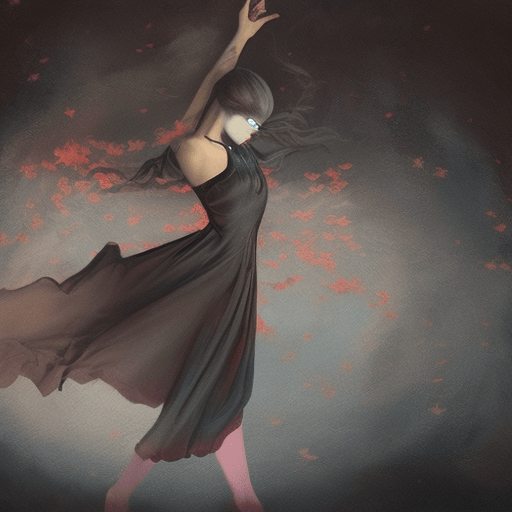Spirit: Stallion of the Cimarron
One-line Summary:
In “Spirit: Stallion of the Cimarron,” directed by Kelly Asbury, a wild mustang named Spirit fights for his freedom against human encroachment in the American West.
Main Cast and Crew:
- Director: Kelly Asbury
- Writers: John Fusco
- Voice Cast: Matt Damon as Spirit, James Cromwell as The Colonel, Daniel Studi as Little Creek
- Music Director: Hans Zimmer
- Director of Photography: Roger Deakins
- Producers: Jeffrey Katzenberg, Mireille Soria
Plot:
Set in the untamed American West during the late 19th century, “Spirit: Stallion of the Cimarron” follows the journey of a courageous wild mustang named Spirit. Born in the untamed wilderness, Spirit grows up free and unbridled, running with his herd and enjoying the beauty of nature. However, his world is disrupted when a group of soldiers captures him and takes him to a cavalry outpost.
In captivity, Spirit refuses to be broken, constantly challenging his captors and longing for his freedom. He catches the attention of a young Lakota Native American named Little Creek, who also yearns for independence. The two form an unlikely bond, and together they embark on a daring escape.
As Spirit and Little Creek journey through breathtaking landscapes, they encounter various obstacles and dangers. They face treacherous canyons, raging rivers, and even a locomotive. Throughout their adventures, Spirit’s determination to return to his homeland remains unwavering.
Themes and Motifs:
“Spirit: Stallion of the Cimarron” explores themes of freedom, resilience, and the connection between humans and animals. The film emphasizes the importance of preserving the natural world and respecting the wild creatures that inhabit it. Spirit’s unwavering spirit and refusal to be tamed symbolize the indomitable human desire for freedom and the struggle against oppression.
The movie also highlights the bond between humans and animals, as Spirit forms a deep connection with Little Creek. Their friendship transcends language barriers and cultural differences, demonstrating the universal language of compassion and understanding.
Reception and Legacy:
Upon its release in 2002, “Spirit: Stallion of the Cimarron” received positive reviews from critics and audiences alike. The film was praised for its stunning animation, powerful storytelling, and memorable music. It was nominated for the Academy Award for Best Animated Feature and won the Golden Globe for Best Original Song for Bryan Adams’ “Here I Am.”
The movie’s impact extends beyond its initial release. It has gained a dedicated fanbase and continues to be beloved by viewers of all ages. “Spirit: Stallion of the Cimarron” has inspired spin-off television series, merchandise, and even a live show. Its timeless themes and captivating animation have solidified its place in the canon of animated films.
Recommendation:
“Spirit: Stallion of the Cimarron” is a visually stunning and emotionally resonant film that appeals to both children and adults. Its breathtaking animation, compelling characters, and powerful message make it a must-watch for fans of animated movies and lovers of nature. The film’s universal themes of freedom and friendship will leave a lasting impression on viewers.
Memorable Quote:
“Sometimes what seems like the end is only the beginning.” – Spirit












